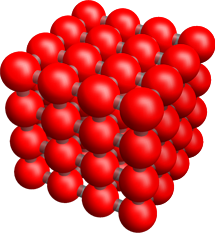Features
gridMathematica increases the number of parallel processes that Mathematica can run at once. Each parallel process applies an additional CPU to a task. A standard Mathematica license allows up to four parallel tasks to run at once. By increasing the number of tasks available, some types of problems can be solved faster. [2]
Standard Mathematica consists of a front end which provides a user interface and a controlling process (the control kernel) which has computational tasks performed by up to four processes. Mathematica calls the processes performing computations "compute kernels." gridMathematica allows additional kernels to be used.
The "gridMathematica Local" license allows the use of up to 8 compute kernels on a single computer. The "gridMathematica Server" license allows for the use of up to 16 compute kernels distributed across multiple computers.
Mathematica manages the interprocess communication such as queueing, virtual shared memory, and failure recovery. [3]
gridMathematica scales to larger grid systems when additional licenses are purchased. Compute processes can be located on a single multiprocessor computer or distributed over a remote heterogeneous network. [4] [5] 64 bit platforms are supported. [6] The communication between the kernels and the front end uses the Mathlink interface, which is an interface designed to allow external programs to communicate with Mathematica. The communication is over TCP/IP [7] and use SSH or RSH for authentication.
This page is based on this
Wikipedia article Text is available under the
CC BY-SA 4.0 license; additional terms may apply.
Images, videos and audio are available under their respective licenses.
